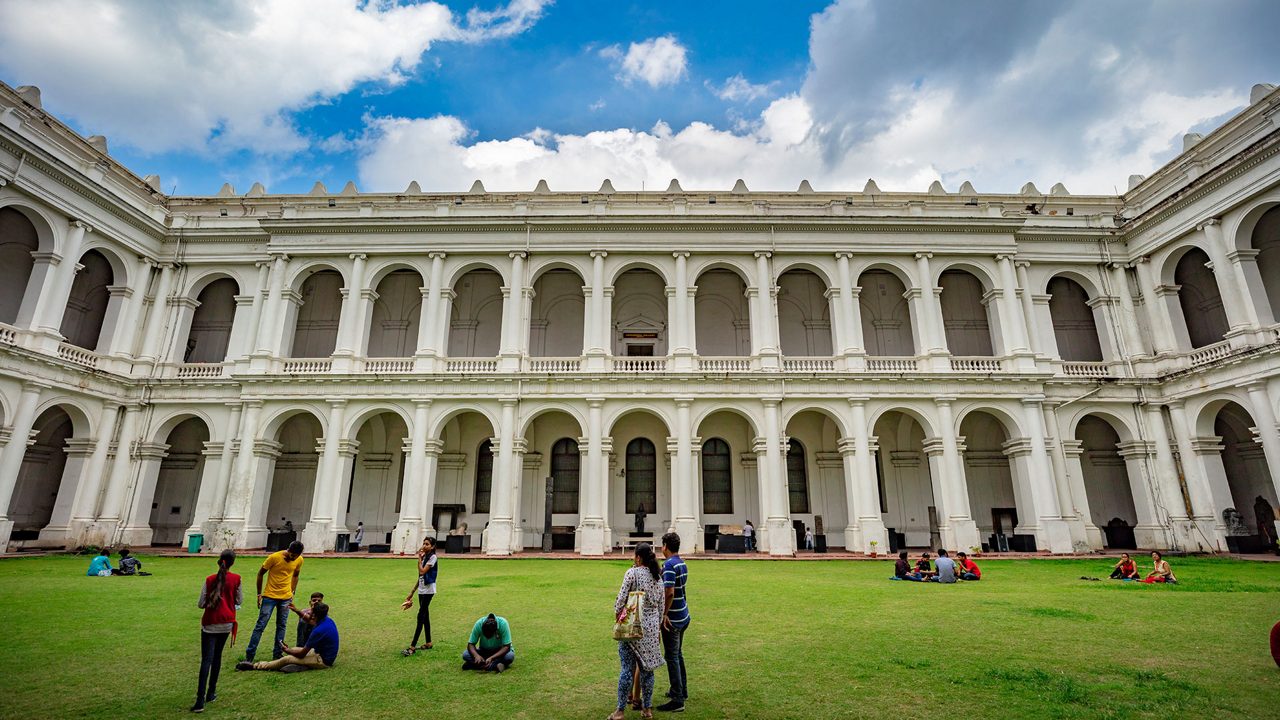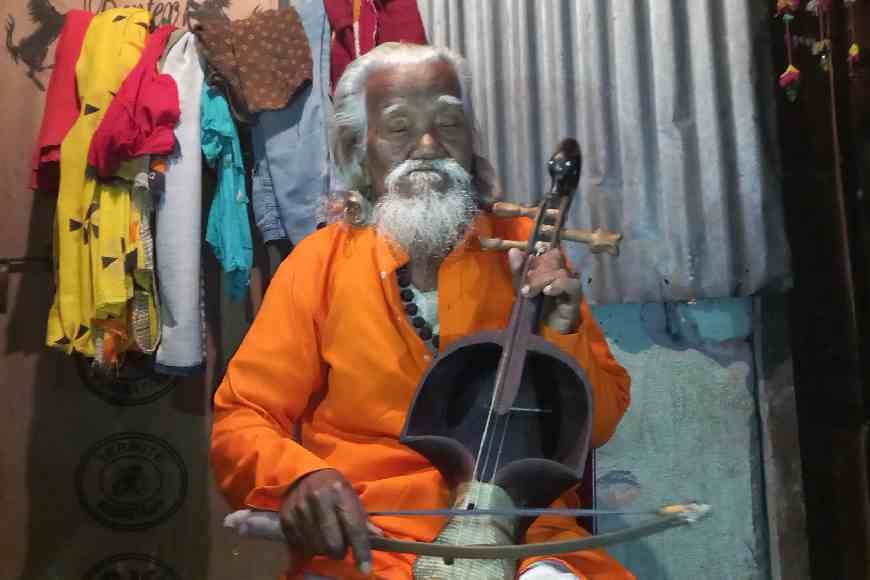
Menu

In the quiet villages of Jalpaiguri, where rivers meander through lush greenery, echoes of a hauntingly beautiful instrument can often be heard—the Sarinda. This traditional string instrument, with its rich, melancholic tones, is an integral part of the region’s folk music, especially among the Rajbanshi and other indigenous communities. At the heart of this tradition stands Mangalakanta Roy, a 104-year-old folk artist who has dedicated his life to preserving the music of the Sarinda.
The Sarinda is a bowed instrument, similar to a fiddle, often made of wood and animal skin, and played with deep emotion. It is known for its ability to mimic the human voice, making it ideal for folk genres like Bhawaiya, Jhumur, and other local songs of longing, love, and spiritual yearning. In a world moving rapidly toward digital music and modern instruments, the Sarinda holds on to the raw, earthy sounds of Jalpaiguri’s roots.
Mangalakanta Roy, often called a “living legend” in his community, has played a vital role in ensuring that the sound of the Sarinda does not fade into silence. Over the decades, he has trained countless students, performed at festivals, and remained a beacon of dedication to his craft. In recognition of his lifelong contribution to folk music, Roy was awarded the Padma Shri in 2023—one of India’s highest civilian honors.
Roy’s life and music are not just about entertainment; they represent cultural resilience, identity, and pride. Through the strings of his Sarinda, he tells the stories of a land, a people, and a tradition that refuses to be forgotten. In his hands, the Sarinda becomes more than an instrument—it becomes the voice of Jalpaiguri’s soul.



